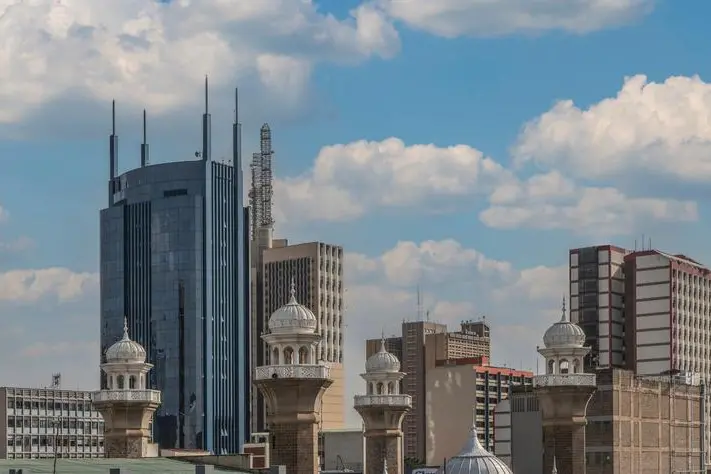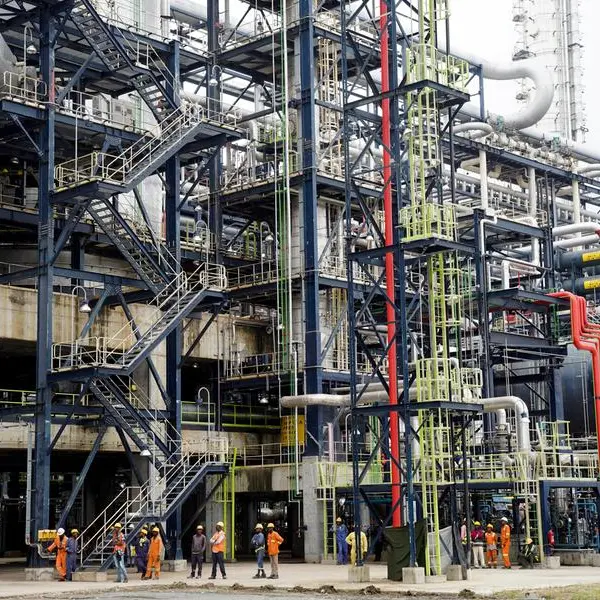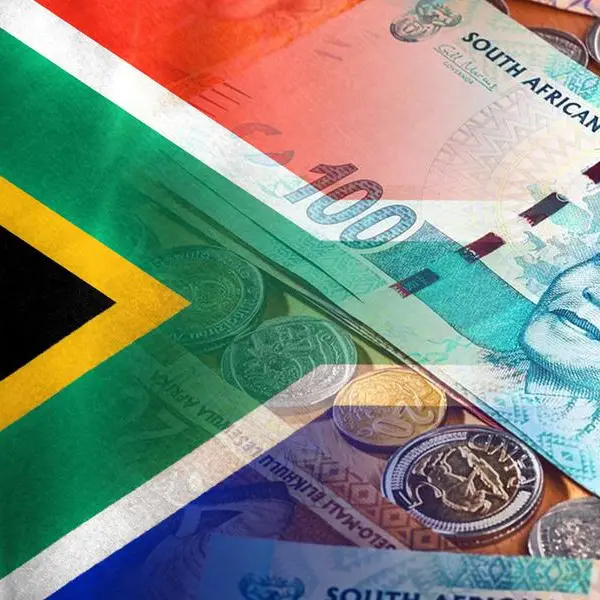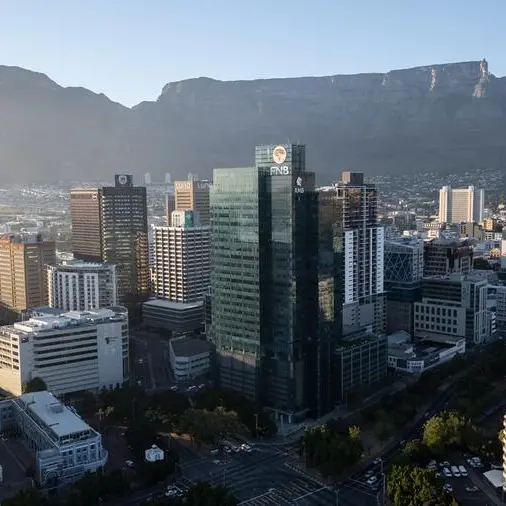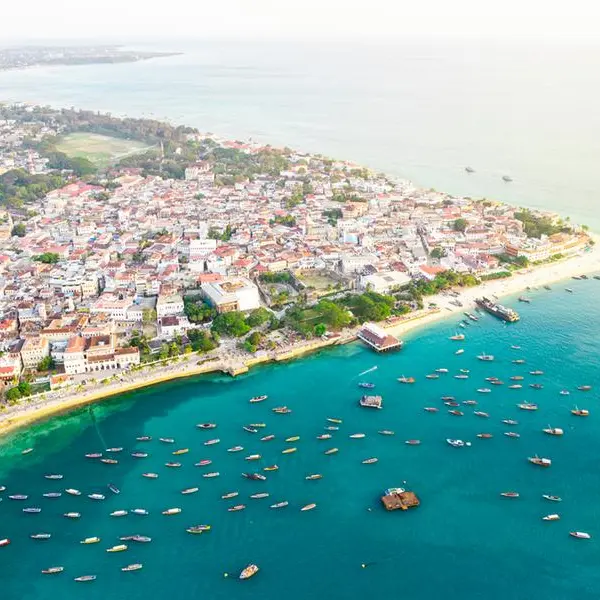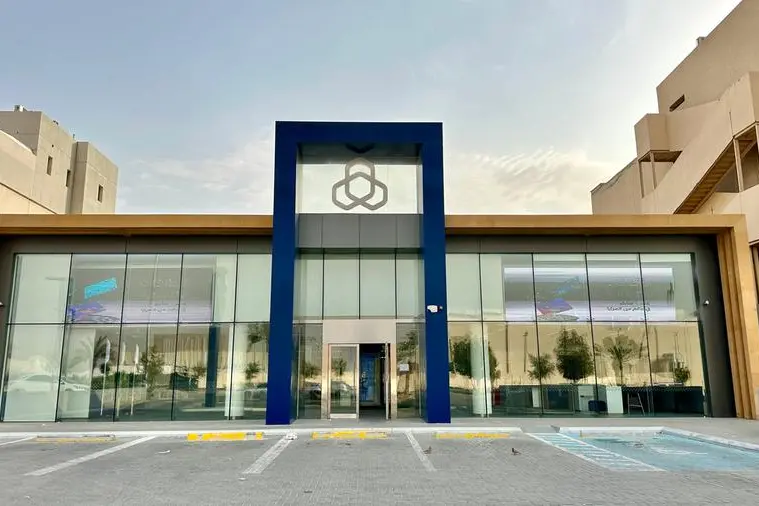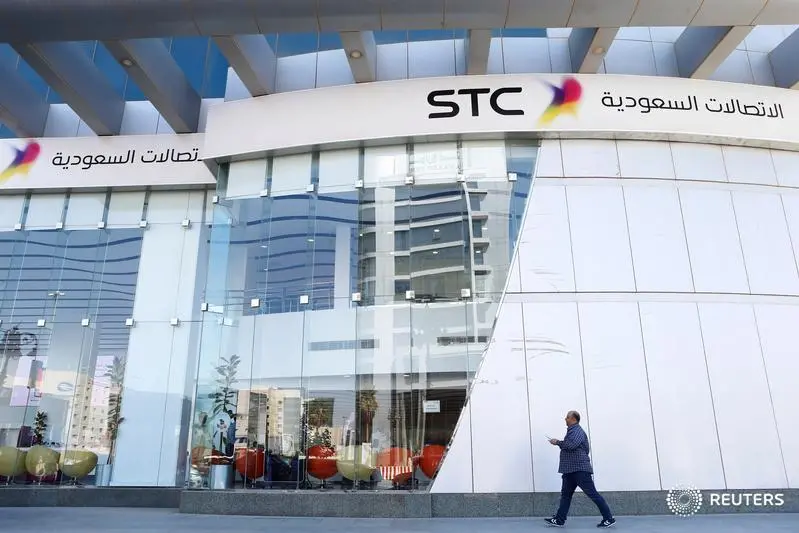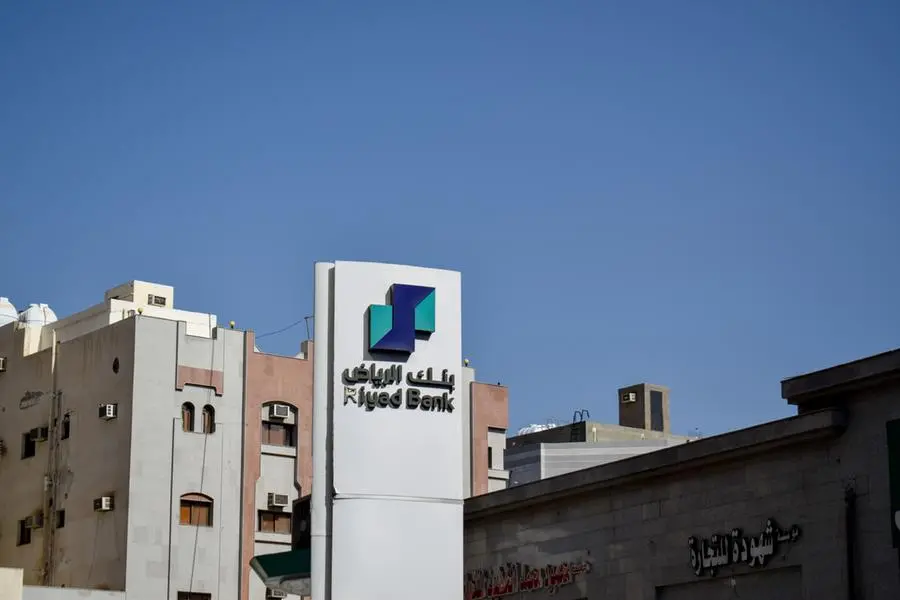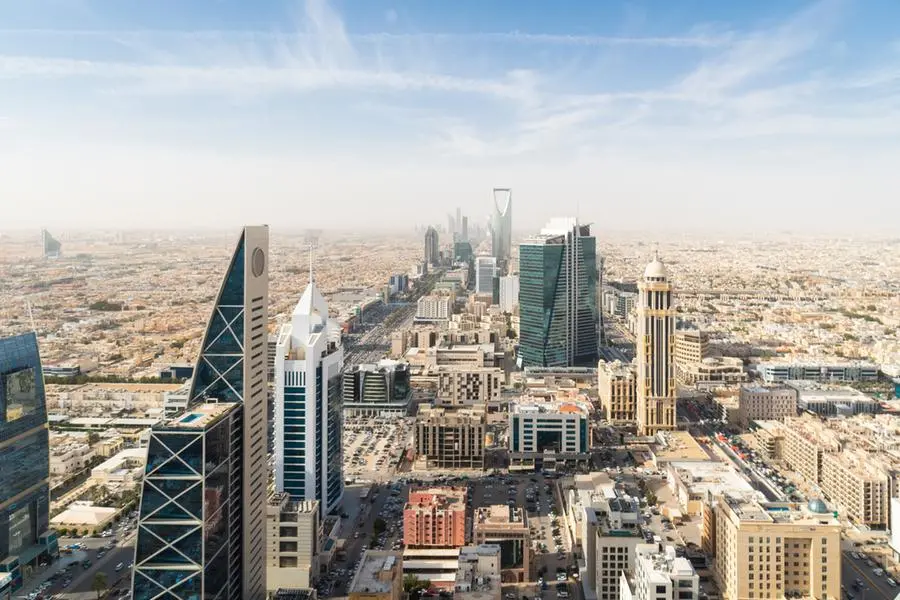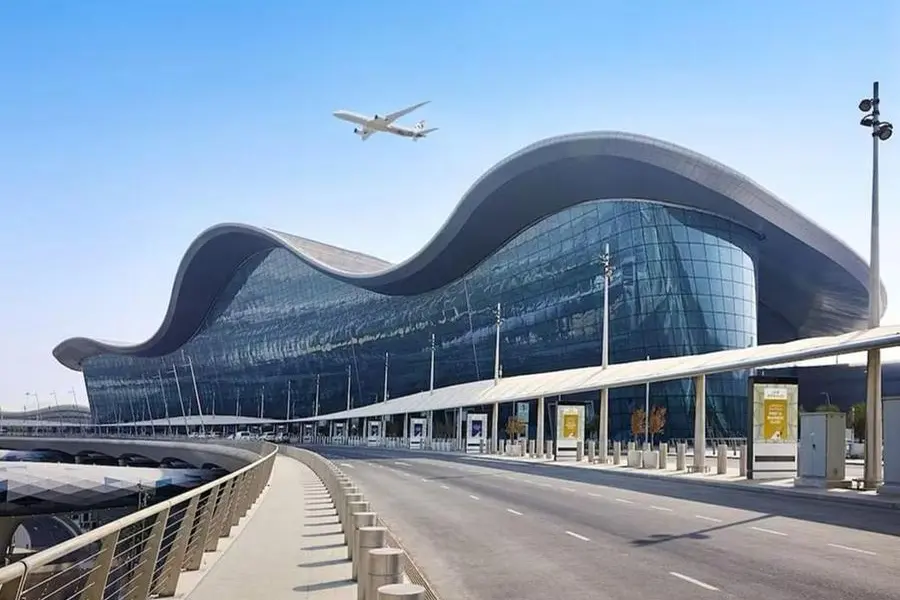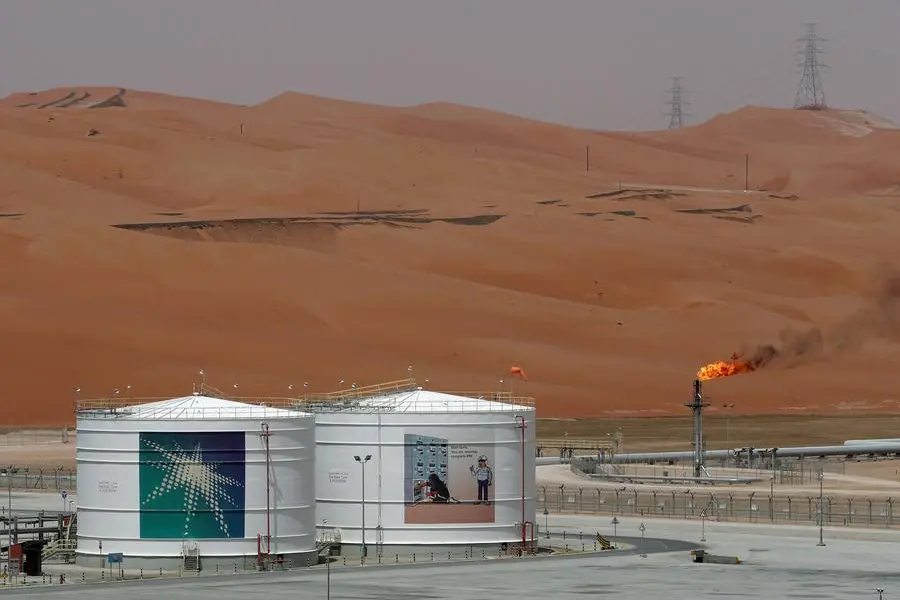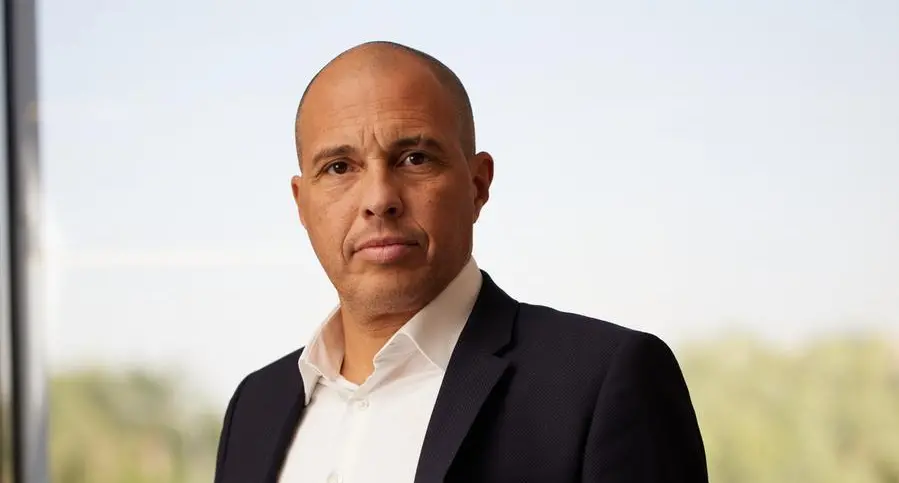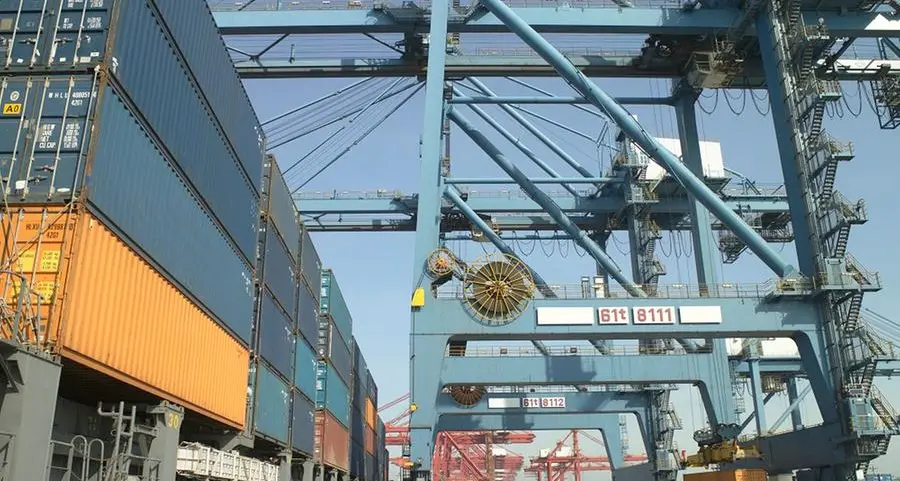PHOTO
As the global conversation intensifies around the US push for financial deregulation, it is essential to contextualise what this means for Kenya and Africa at large. Could easing regulations be the key to unlocking innovation, financial inclusion, and economic growth? And, if so, to what extent?A compelling case study is Safaricom’s M-Pesa—one of the world’s first and most successful mobile money platforms. M-Pesa thrived because Kenyan policymakers adopted a progressive, flexible approach: They allowed innovation to lead, then developed regulation to support and safeguard it. This collaborative stance between regulators, policymakers, and the private sector enabled M-Pesa to flourish.
Today, M-Pesa processes over 20 billion transactions annually and facilitates more than half of Kenya’s GDP. It has transformed financial inclusion, with over 80 percent of the adult population using it for daily financial services—from money transfers and bill payments to savings, loans, and micro investments. This success catalysed fintech adoption across Kenya and inspired similar models globally.
However, this innovation boom has also attracted unregulated players. Some operate outside the regulatory perimeter, offering risky investment schemes and easy credit products that expose consumers to financial harm. This underscores a critical truth: While overregulation can stifle innovation, unchecked innovation can destabilise markets and erode trust.
This delicate balance is especially relevant as African regulators consider the implications of US policy shifts. The US financial system plays a dominant role in global trade, with most cross-border payments routed through US infrastructure for dollar clearing.
Any regulatory changes in the US—particularly those affecting compliance, sanctions, or financial crime—can directly impact Kenya and other emerging markets.
On one hand, a more flexible US regulatory environment could reduce compliance burdens, lower transaction costs, and improve access to global financial services. This would be a welcome relief for local institutions, many of which face high costs to meet US regulatory standards.
On the other hand, deregulation in the US could also lead to increased volatility and capital flight, especially if it triggers a global shift in investment flows.
The Trump 2.0 administration’s deregulation agenda, rooted in the “America First” doctrine, aims to make the US more attractive to investors by removing perceived barriers to business. This could draw foreign direct investment away from emerging markets, including Africa.
For African policymakers, this presents both a challenge and an opportunity. It’s a moment to reflect: How can African markets become more competitive and resilient? What reforms are needed to attract and retain investment?Key areas of focus should include strengthening governance and regulatory frameworks to ensure transparency and predictability; enhancing political and economic stability to build investor confidence; reducing bureaucratic and operational barriers to ease market entry and expansion; investing in digital infrastructure to support innovation and financial inclusion and protecting consumers and investors through robust oversight and enforcement.
By proactively addressing these areas, African countries can position themselves as attractive destinations for global capital—without compromising financial stability or consumer protection.
The M-Pesa story is a powerful reminder that innovation and regulation are not mutually exclusive. When approached thoughtfully, regulation can be a catalyst, not a constraint, for inclusive growth and sustainable development.
© Copyright 2022 Nation Media Group. All Rights Reserved. Provided by SyndiGate Media Inc. (Syndigate.info).
